Introduction
Over the last decade, the use of social media by businesses has gone from “nice to have” to mandatory. Customers and potential customers will turn to social media to get information about your organization, your goals and to make a purchase decision.
“We don’t have a choice on whether we do social media, the question is how well we do it.”
-Eric Qualman, (author Socialnomics)
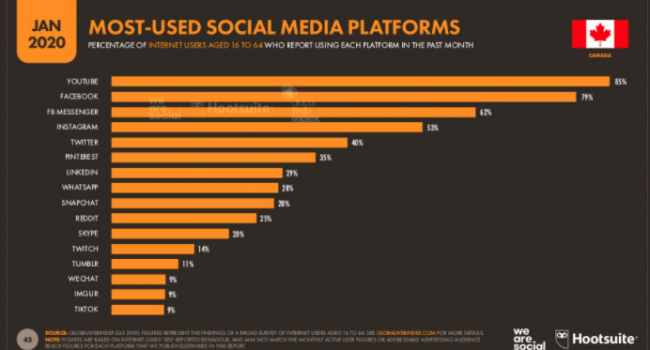
Social media has evolved to be much more than a space to push one-way updates about events or milestones in your organization — it’s an opportunity to tell your brand story, to engage with supporters and to drive action.
To effectively leverage social media platforms to tell your story and drive engagement and sales, you need a coordinated, well-planned social media strategy.
Building your social media strategy
1 Set objectives
The first step in any social media or marketing strategy is to establish the objectives and goals that you hope to achieve. Having these established and socialized in your organization will allow you to change course if your campaign is not meeting your goals or to celebrate success when the goals are reached and surpassed.
Your goals need to be aligned with your overall marketing strategy, which in turn should be supporting the organization’s priority business goals.
A key component of setting effective goals for your social media strategy is to determine what metrics you’ll use to measure its success.
Go beyond vanity metrics such as retweets and likes. Focus on things such as actions taken, website visits and donations. To learn more about social media metrics, check out the ‘Measurement and Analytics’ learning module.
You should also use the S.M.A.R.T. framework when setting your goals:
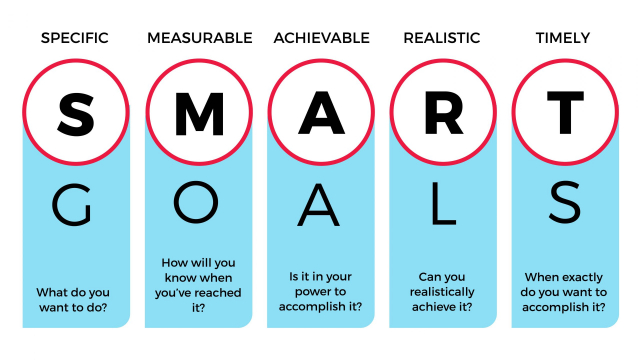
Example Goals: “On LinkedIn we will share stories and photos that promote the importance of a corporate social responsibility strategy in attracting new customers and employees. We will post four articles per month, and our target is 35 likes and a minimum of five shares.”
Another key social media objective is to effectively manage your organization’s brand. One important element of this is crisis planning. Every business should have a standard crisis plan and share it with your colleagues so that in the unlikely event that you get caught up in a public relations crisis on social media you are prepared to deal with it.
2 Know your audience
Understanding who your target audience is a vital component of a strong social media strategy as it will help identify the messages and platforms that will be most effective.
Chipotle Gambles on TikTok
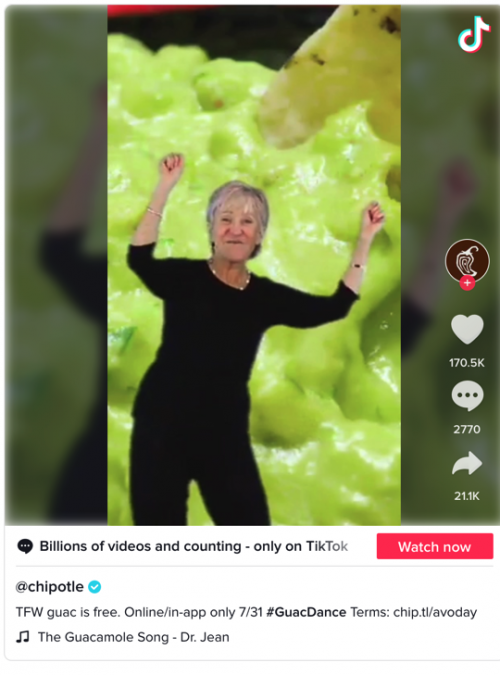
Chipotle was one of the first brands to take a chance with TikTok and engage the app’s core audience. Almost two thirds of TikTok users are under 30 years old – which is closely aligned with Chipotle’s customer base. To attract and engage their audience Chipotle created a series of in-app activites like the #GuacDance challenge which encourages fans to show off their avocado-themed dance moves inspired by Dr. Jean’s “Guacamole Song.” The challenge earned 430 million video starts in six days and resulted in Chipotle’s biggest ever guacamole day, seeing more than 800,000 sides served. They company’s efforts to enage it’s target audience via TikTok has paid off with a digital sales growth of 88% and revenue growth of 14.6% to $1.4bn for Q3 2019 – a rise that has been partly put down to its social media activities.
Know your audience: Customer Personas
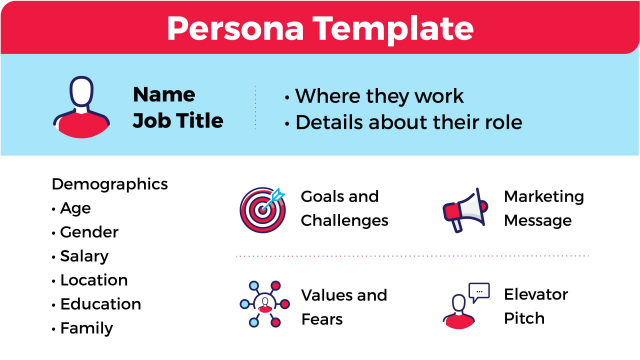
If you don’t understand who your audience is or what they want and need from you, you’ll never be able to implement any successful marketing initiatives.
A key piece of any marketing/social media strategy is understanding the needs and motivations of the target audience. The best way to capture this info is through the creation of customer personas.
These personas are a snapshot of different customers with unique needs and interests. By developing a series of model personas based on a number of your unique customer groups, you’ll be able to hone in on who they are and what they want (and need) from you. Ultimately, it will help you develop more effective strategies because their needs will be more clearly articulated.
You’ll learn how to develop your own customer personas using existing database information, research, surveys, and interviews with your business’ target audience.
It’s important that all the information you use to develop your model personas is based on real data wherever possible. Making assumptions about your audience can cause your marketing strategy to take the wrong direction.
Some of the data you’ll use to develop personas: Quantitative (or Demographic) Information
Collect this information via analytics, databases or other sources
- Location
- Age
- Gender
- Income
- Job Title
- Donation details (directed areas of interest)
3 Evaluate your current social media channels
Most likely your company is already established in the social media landscape, with a presence on several social sites. Early on in the development or redevelopment of your social media strategy, you need to assess your current presence across all channels:
- Who manages them?
- What purpose do they serve?
- And what results are they currently achieving?
Compare your existing social media presence with the new objectives you’ve set and the audiences you wish to reach. Based on these comparisons, you should be able to determine which social media sites hold the most potential to achieve these goals.
Organizations don’t need to have a presence on every major social media site. Be where your most valuable audience(s) is/are and stay active there… don’t be afraid to delete accounts on platforms that are deemed to be low value and high effort.
Tip: When trying to decide which social channels to move forward, ask yourself two questions:
- Is my audience here? (see “Know Your Audience” section of the Content Marketing Module)
- If so, how are they using this platform?
Not sure who’s using what and how? Check out demographic information on all major social media sites.
4 Create or improve your social media accounts
Once you’ve finished your social media evaluation, it’s time to hone your online presence. Choose which networks best meet your social media goals.
If you don’t already have social media profiles on platforms that are relevant to your goals/audience build them from scratch. Be sure to develop mission statements for each one that will articulate what you want to achieve on that platform and how you’ll engage your audience there.

Brand voice
You’ll also want to consider if your brand voice, tone and style will vary between platforms and to document those subtle changes to create continuity in the future. Developing a social media style guide to formalize the language used is a good idea.
If you do have existing accounts, update and optimize them based on best practices to achieve the best results possible. Optimizing profiles for SEO (search engine optimization) by filling out the profile sections with keywords that describe your organization. This will help generate more web traffic to your online properties by helping you to show up in search results.
Image sizing
Make the most of the images that you use across social platforms — make sure they are optimized to fit the unique requirements of each platform.

Tip: Grab a copy of the 2020 social media image size cheat sheet to make sure your images look great across all platforms.
Content ideas
Not sure what kinds of content and information will get you the most engagement? For inspiration, look at what others in your industry are sharing and use social media listening tools and searches to see how you can distinguish yourself from your competitors and appeal to prospects you might be missing.
Remember to balance out your messages – every single message shouldn’t be about trying to encourage a purchase or conversion. Have a mix of awareness messages that showcase your company’s expertise, highlight your online or in-person community engagement, drive web traffic and increase your audience size.
For more ideas on content development see our Content Marketing Module.
Leverage supporters
Look to your supporters in social media (e.g. existing customers, followers, stakeholders, etc.) see how they phrase their messages and try to mimic that style. Determine when they share content, what they share and why; then tap into that knowledge to increase your reach.
Many successful brands will also feature user generated content on their social media feeds. This shifts the effort from the brand to customers and supporters and helps extend the reach of the message.

5 Align your social and content marketing calendars
This may seem like an obvious tactic, but many companies aren’t maximizing the usage of the timely, relevant, branded content they are promoting on other digital channels to drive their social media agenda.
Create the calendar and then schedule your messaging in advance rather than constantly updating throughout the day. This will allow you the time to craft effective, consistent messaging and not have to be rushed while getting them out “on the fly”. Replies and comments to those engaging with your content can be more spontaneous while ensuring it matches up with your social media style guide requirement.
6 Paid social
Social media platforms like Facebook, Twitter, YouTube, Pinterest and many others offer paid opportunities to reach broader targeted audiences with your messages. Although this isn’t the only growth strategy you should use in social media, even a small investment can provide valuable insight into certain audiences that can help you better engage them in the future.
There are many options out there when it comes to social media advertising/promotion. Based on research and any other data you have access to, select the platform where your target audience is. To start, Facebook is one of the simplest places to try out paid promotion and — due to the number of users on the platform — it also offers the broadest reach.

Some options offered through Facebook Advertising are worth mentioning:
- Promoted posts: By promoting your Facebook post you can choose to target the content to reach a specific subset of your audience or to those with a demographic, geographic or interest that you define.
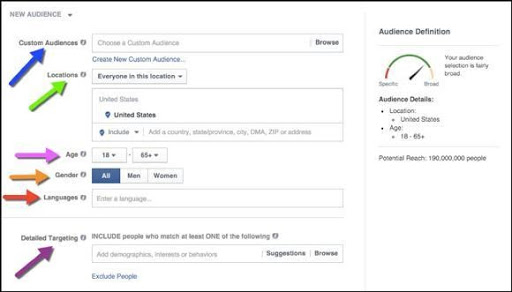
- Lookalike Audiences: Creating a lookalike audience allows you to find more people on Facebook who share common traits with existing supporters with the expectation that they will be more likely to become supporters themselves. You may choose to use this tool to create a lookalike audience based on those who have “liked” your organizational page. Based on the variables you’ve outlined, Facebook will then target users with similar traits (e.g. location, age, gender, as well as similar interests). You can select the size of the audience you want to target and control the amount spent. Start small and scale up as you see results.
- Retargeting: Previous website visitors who are retargeted with ads are 70% more likely to complete a transaction than those who are not (source: https://blog.reachlocal.com/how-does-retargeting-boost-search-advertising-roi-stats). By using a Facebook pixel on your website, you can retarget Facebook users who have already interacted with your site to encourage them to come back and complete an action (e.g. donate, volunteer, etc.) Facebook also has goal conversion tracking through success pixels, which will allow you to track when an action is taken as a result of your ad.
Tip: Grab a copy of the 2020 social media image size cheat sheet to make sure your images look great across all platforms.
Summary
With your social media strategies mapped out, the only thing left to do is to start to schedule all your posts. Consider using a third-party tool to facilitate the posting, collection and interpretation of your social media data.
The most important thing to understand about your social media marketing plan is that it should be constantly changing. For example, as new networks emerge, you may want to add them to your plan if they fit your objectives. When you reach your goals, set new ones and continue to strive to reach as many people as possible with your unique brand story.